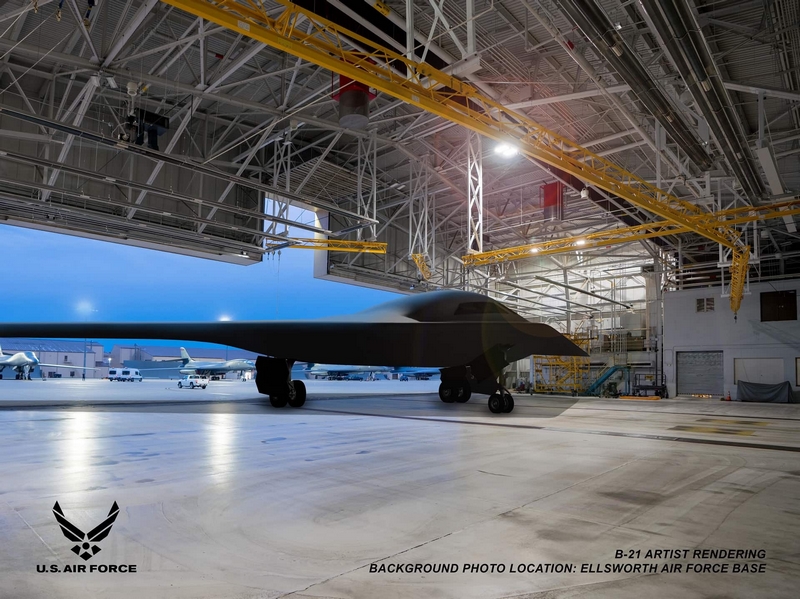
As the United States Air Force bids farewell to another B-2 Spirit stealth bomber following a costly ground accident, the imminent rise of its successor, the B-21 Raider, promises to redefine aerial warfare.

With the departure of one more B-2, only 19 of these legendary aircraft remain in service, emphasizing the urgency for the B-21’s deployment amidst escalating global tensions.

The B-2, a marvel of military aviation for over three decades, has demonstrated its prowess with its stealth capabilities and its ability to deliver a heavy payload deep into enemy territory.

Despite its success, the B-2 is succumbing to the relentless march of technological advancements.

According to a Defense Department statement, the B-2 involved in the late 2022 ground incident is “uneconomical to repair,” a clear sign that its era is nearing an end as the B-21 Raider looms on the horizon.

The B-21, developed by Northrop Grumman, is poised to become the world’s dominant bomber with its cutting-edge stealth technology and enhanced capabilities.

While specifics remain classified, what is known underscores its potential for revolutionizing U.S. bomber capabilities. The Raider’s design offers a smaller radar profile and the ability to carry out long-range strike missions, including nuclear capabilities, directly from U.S. bases.

However, this transition to the B-21 has not been without challenges. In late 2023, Northrop Grumman disclosed a staggering $1.6 billion pre-tax charge on the B-21 program, attributed to rising production costs and economic turbulence.

Critics question the program’s sustainability in an era where drone warfare is becoming increasingly significant. Yet, despite cost overruns and macroeconomic disruptions, the B-21 remains integral to the future of the U.S. nuclear triad and bomber fleet.

As the Air Force continues testing and production, aiming for the B-21’s on-schedule introduction in the mid-2020s, it reaffirms the strategic value of the stealth bomber in the military’s arsenal.

In testimony, Andrew Hunter, Assistant Secretary of the Air Force for Acquisition, Technology, and Logistics, confirmed the program’s progress, underscoring that the flight test program “is proceeding well” and meeting its targets effectively.

The B-21 is manufactured under a guiding principle of digital excellence, incorporating open systems architecture to swiftly integrate maturing technologies and address evolving threats.

While the Air Force envisions at least 100 of these aircraft, the ultimate goal is to command a fleet of at least 220 to replace the aging B-1 and B-2 bombers.

This advanced craft, part of the Pentagon’s broader initiative to modernize the U.S. nuclear triad, ushers in a new age of deterrence and power projection.

The B-21 Raider, as the Air Force’s future bomber linchpin, symbolizes the evolution of military strategy in a world that increasingly looks to the skies for both threats and assurances of security.
Relevant articles:
– The U.S. Air Force’s B-2 Bomber Nightmare Has Arrived, The National Interest
– The Air Force’s B-21 Raider Bomber Nightmare Has Begun, The National Interest
– 21 stealth bomber “continues to make progress”, airforce-technology.com
– America’s secretive $745M nuclear bomber takes flight in first aerial test, Daily Mail

